Inherited Retirement Account.
One popular retirement savings vehicle is an Individual Retirement Arrangement (IRA). An IRA allows individuals to put money away for the long term, while providing them with some form of tax advantage.
Two Types of IRAs:
- Traditional: contributions made to traditional IRAs may be deductible or non-deductible.
- Roth: While all contributions made to a Roth are non-deductible.
Both types of accounts let your money grow tax-deferred for decades. After age 59 1/2 (assuming you have met all other account guidelines), you can begin taking qualified distributions. You will, for the most part, owe ordinary income taxes on withdrawals from a traditional IRA (unless you’ve made any non-deductible contributions), whereas withdrawals from a Roth remain tax-free.
5 Most likely aspects of the IRS you need to know.
Will my beneficiaries owe taxes on the retirement accounts I pass down to them?
Probably, Assets like life insurance, real estate, vehicles, and nonretirement investment accounts are not counted as income when they are inherited. Retirement accounts, however, are “income in respect of a decedent,” and any amounts withdrawn from non-Roth accounts are subject to income tax at the beneficiary’s ordinary income tax rate.
Are all retirement accounts treated the same way?
No, Beneficiaries who inherit employer-sponsored plans, like 401(k)s and pensions, are often subject to more limitations and requirements than those who inherit IRAs. Often, the employer-sponsored plan will require account withdrawal within five years of the account owner’s death, even if the beneficiary does not need or want to withdraw money from the account. All withdrawals by the beneficiary are subject to income tax at the beneficiary’s ordinary income tax rate.
Who should I designate as my beneficiary?
Many people name their spouse as their primary beneficiary and then designate their children or other individuals as contingent beneficiaries. While this approach will usually avoid probate proceedings, it does not provide any level of preservation or protection for the inherited accounts and may not be consistent with the individual’s broader estate planning objectives.
Why should I use a trust? Is it risky?
In most cases, passing a retirement account to beneficiaries via a trust provides an increased level of protection and flexibility. The trust’s status as an accumulation or conduit trust will affect that level. A trust that is specifically designed to receive retirement account benefits allows the account to continue growing, on a tax-deferred basis, for as long as possible. It can also protect the inherited balance from the beneficiary’s creditors and allows for distribution in accordance with the deceased account holder’s wishes.
How do I get started?
Your estate planning attorney can review your retirement plan’s documentation and work with you to make sure the account is distributed in a way that is consistent with your overall estate planning objectives. A good attorney can also help ensure that beneficiary designation forms are written correctly and, if needed, help you set up a retirement trust properly.
Other included factors you need to know.
IRAs, by contrast, can sometimes be stretched out over the life expectancy of the beneficiary, allowing continued tax-deferred growth in the account and reducing the beneficiary’s immediate income tax liability. Under the Setting Every Community Up for Retirement Enhancement (SECURE) Act, signed into law on December 20, 2019, and effective for participants who die after 2019, this stretch treatment is available for Eligible Designated Beneficiaries (EDBs), which include the following types of beneficiaries:
- Surviving spouse of an account owner
- Person who is not more than ten years younger than the account owner
- Minor child of the account owner
- Disabled person
- Chronically ill person
Alternatively, it may make more sense to leave the retirement account to a carefully designed trust, which can provide ongoing benefits to spouses, children, and other beneficiaries. Holding the account in a trust can also provide protection against beneficiaries’ creditors. The identity of the trust’s beneficiary (EDB or non-EBD) will still determine the payout period for the retirement account.
Regardless of whether a trust is established for a beneficiary that is an EDB, the trust’s level of creditor protection will depend on its status as a conduit or accumulation trust. Generally, an accumulation trust may offer greater creditor protection than a conduit trust: any distribution from the IRA that a conduit trust receives must be immediately distributed out to the beneficiary, whereas IRA distributions that an accumulation trust receives may build up inside the trust.
You should talk with a competent estate planning attorney to make sure you understand the income tax consequences of the two types of trusts. Although accumulation trusts offer greater creditor protection, retirement assets distributed to and held by an accumulation trust will usually be taxed at a much higher income tax rate than retirement assets passed out of the trust to a beneficiary.
Get Help
If you would like to learn more about the necessity of estate planning for IRAs, any one of our estate planning attorneys would be happy to assist you.









